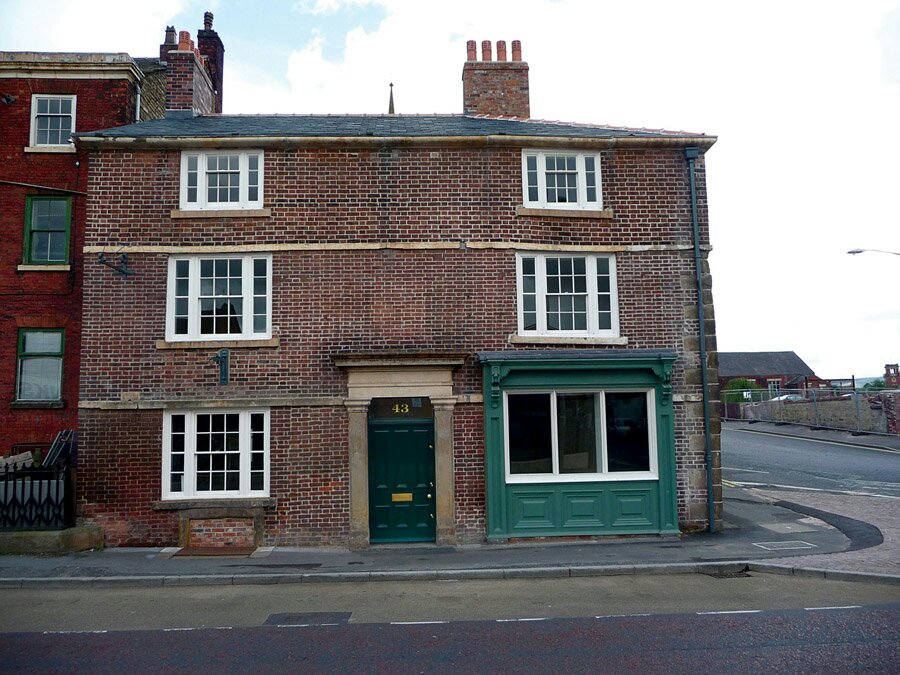Excellent news for these times. Blackburn with Darwen Council should be congratulated.
https://www.lancashiretelegraph.co.uk/news/19019204.280k-darwen-tower-upgrade-set-get-go-ahead/

Museum, Tea Room, 18th Century Walled Garden
Excellent news for these times. Blackburn with Darwen Council should be congratulated.
https://www.lancashiretelegraph.co.uk/news/19019204.280k-darwen-tower-upgrade-set-get-go-ahead/

It is often forgotten that the bridge over Pendle Water is also a listed building, like the others at Park Hill.
Continue reading “Barrowford Bridge”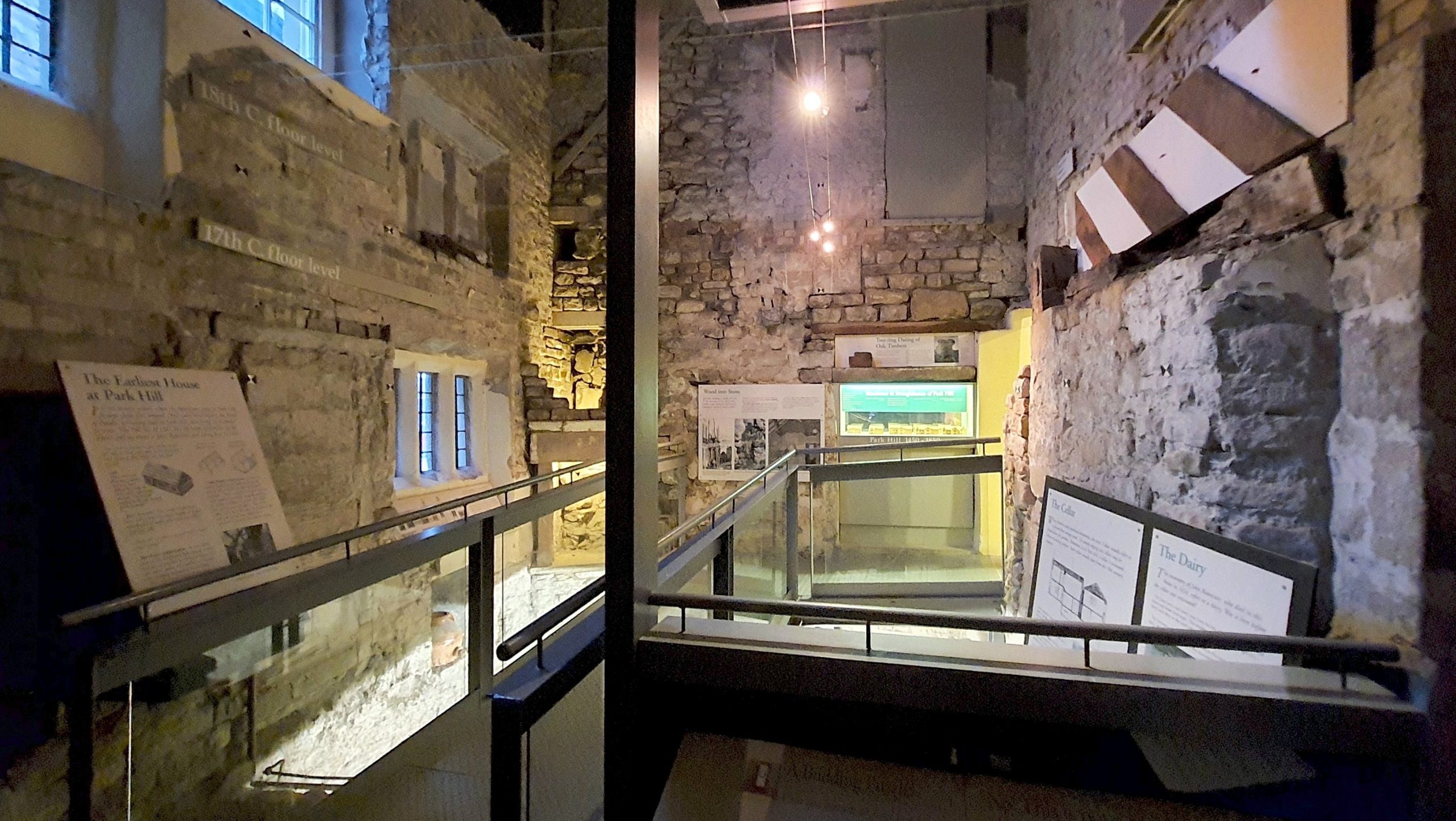
Inside, the Pendle Heritage Centre museum traces the history of the Park Hill over six hundred years. It includes a three storey archaeological excavation of the interior.
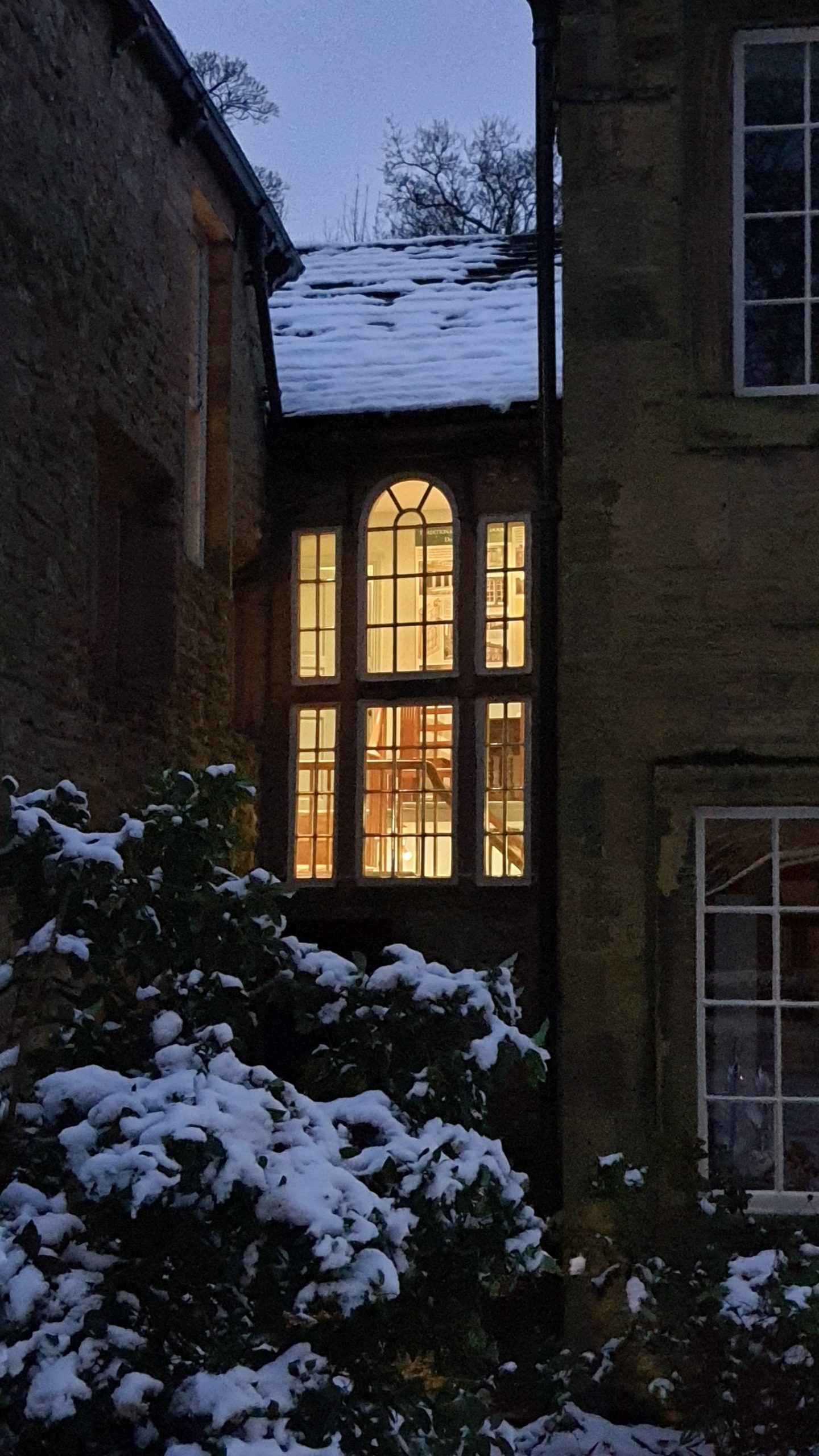
The Georgian staircase window of the Clerk’s House is unusual in having a variety of window types merged into one.
Continue reading “Park Hill staircase window”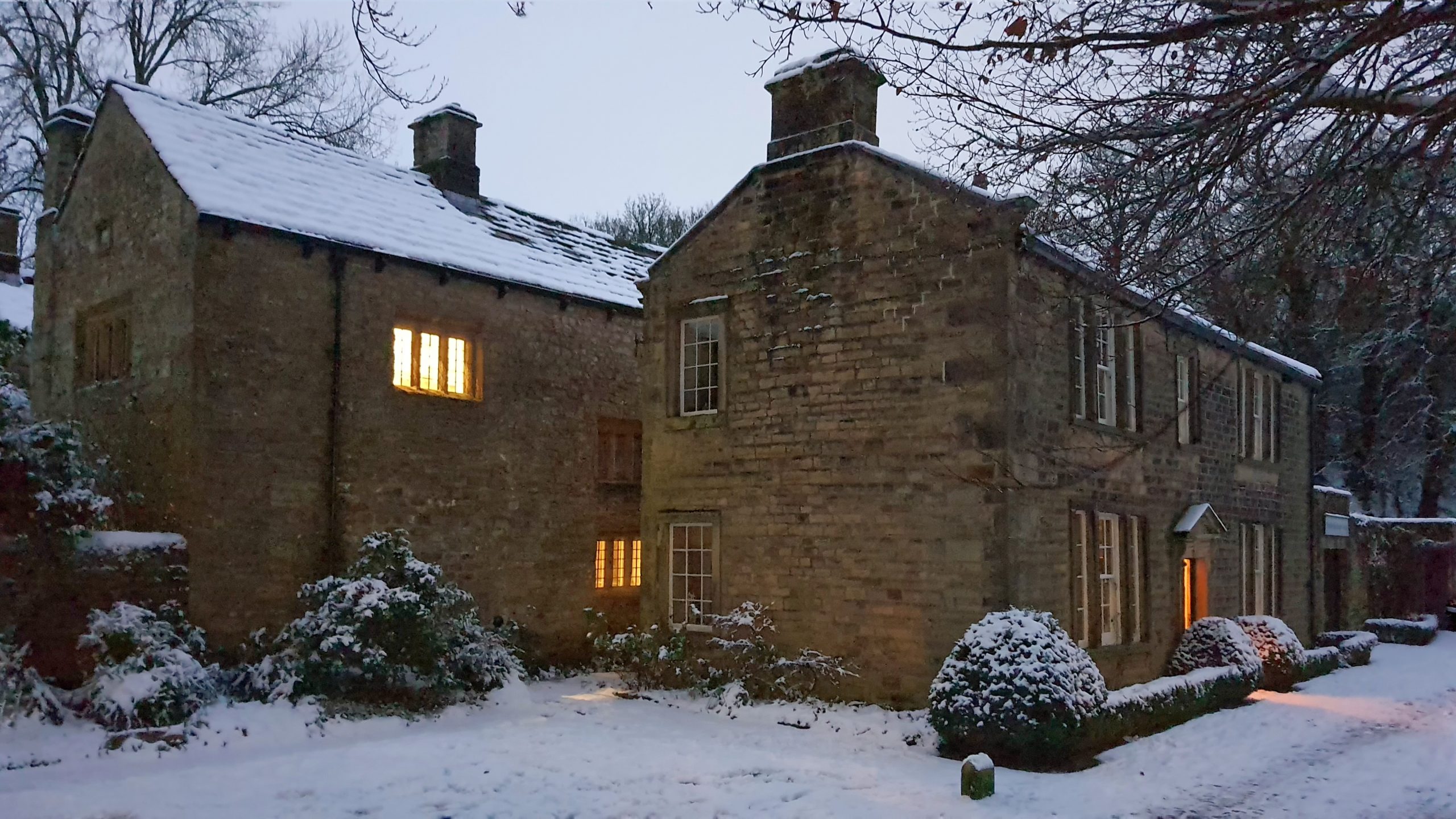
The old hall at Park Hill sits behind the Clerk’s House. There is over hundred years difference in their dates.
Continue reading “Two houses together”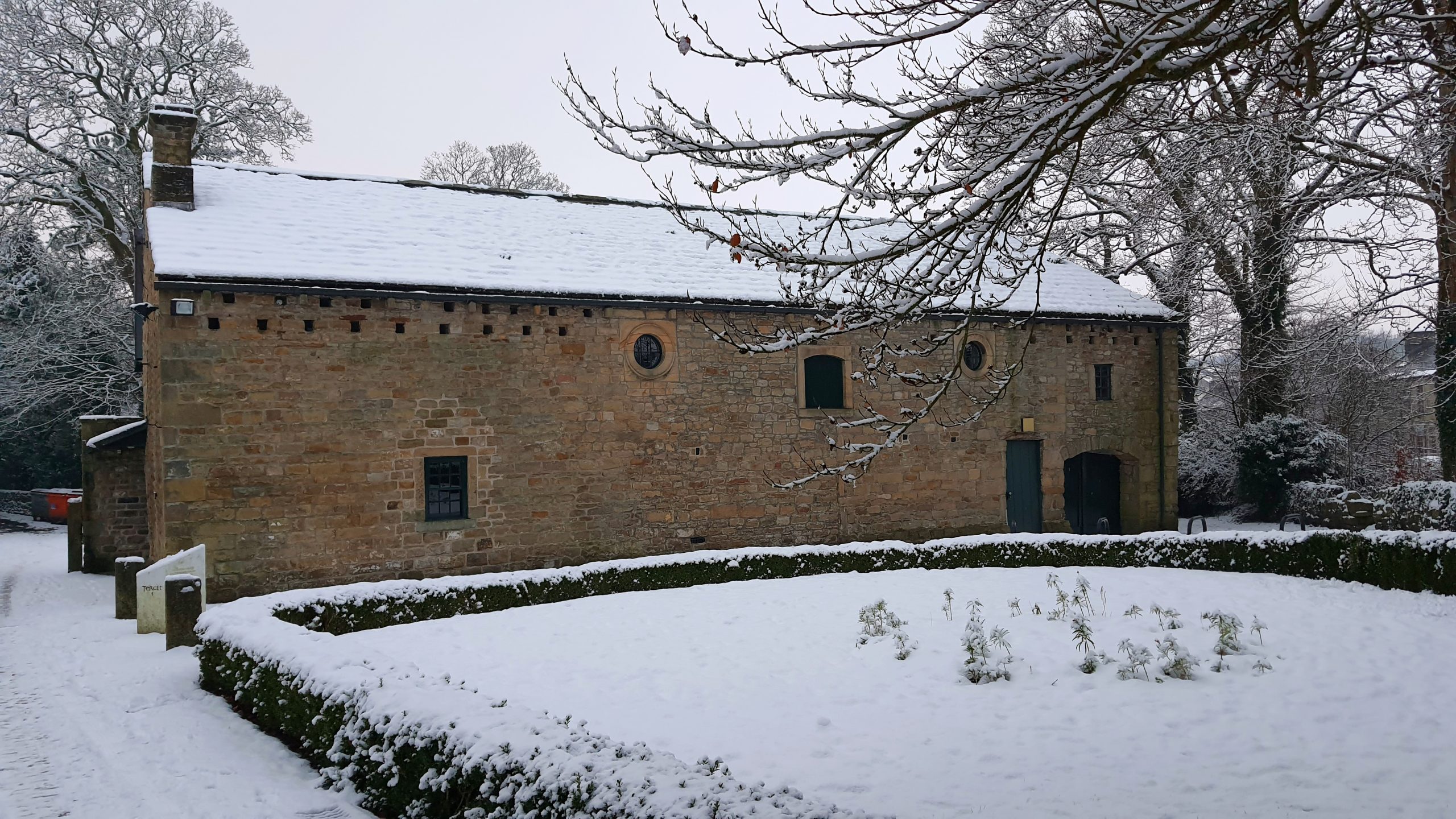
The barn is another building of the Pendle Heritage Centre. It has a complex history and interesting features, including a built-in dovecote.
Continue reading “Park Hill Eighteenth Century Barn”
Behind its walls, the Park Hill eighteenth century garden and its garden museum look lovely in the snow.
Continue reading “Walled Garden, Park Hill”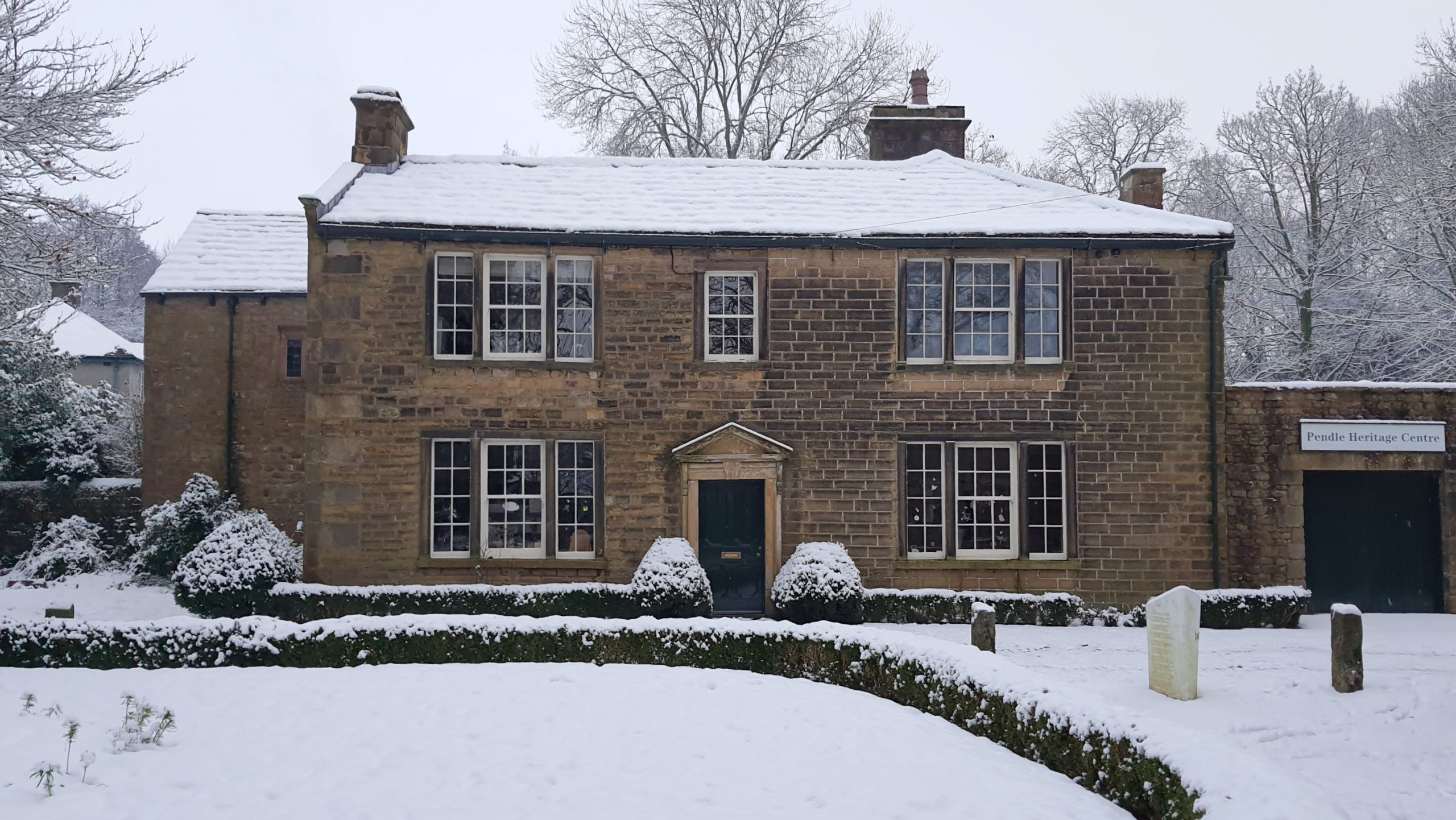
In the 1700s, the rambling picturesque qualities of Park Hill fell out of fashion. People wanted their buildings to be neat, tidy and symmetrical.
Continue reading “Clerk’s House, Pendle Heritage Centre”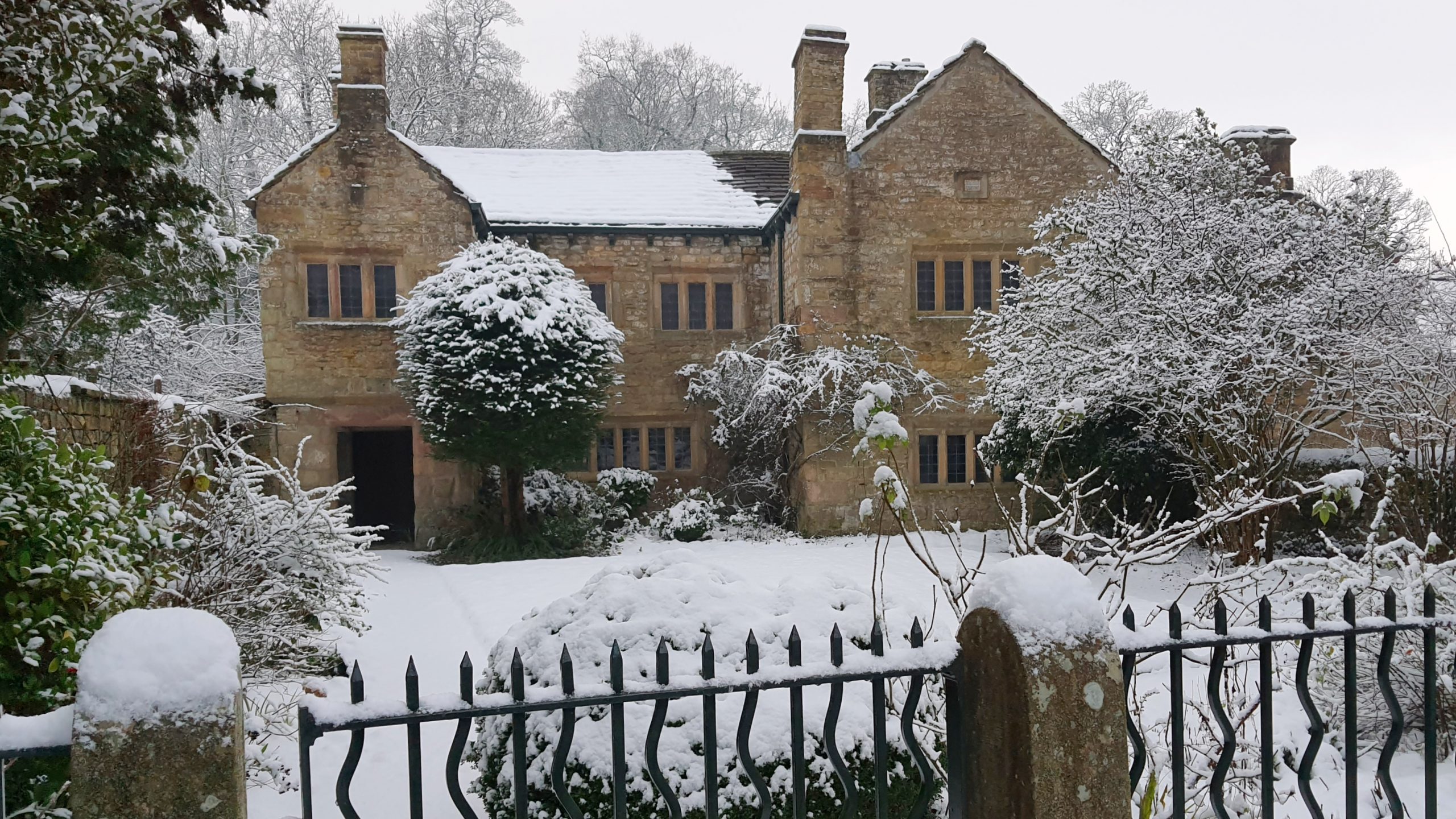
The front of Park Hill is the most picturesque of the views of the Pendle Heritage Centre with its cottage garden and old world charm.
Continue reading “Park Hill, Barrowford, Pendle Heritage Centre”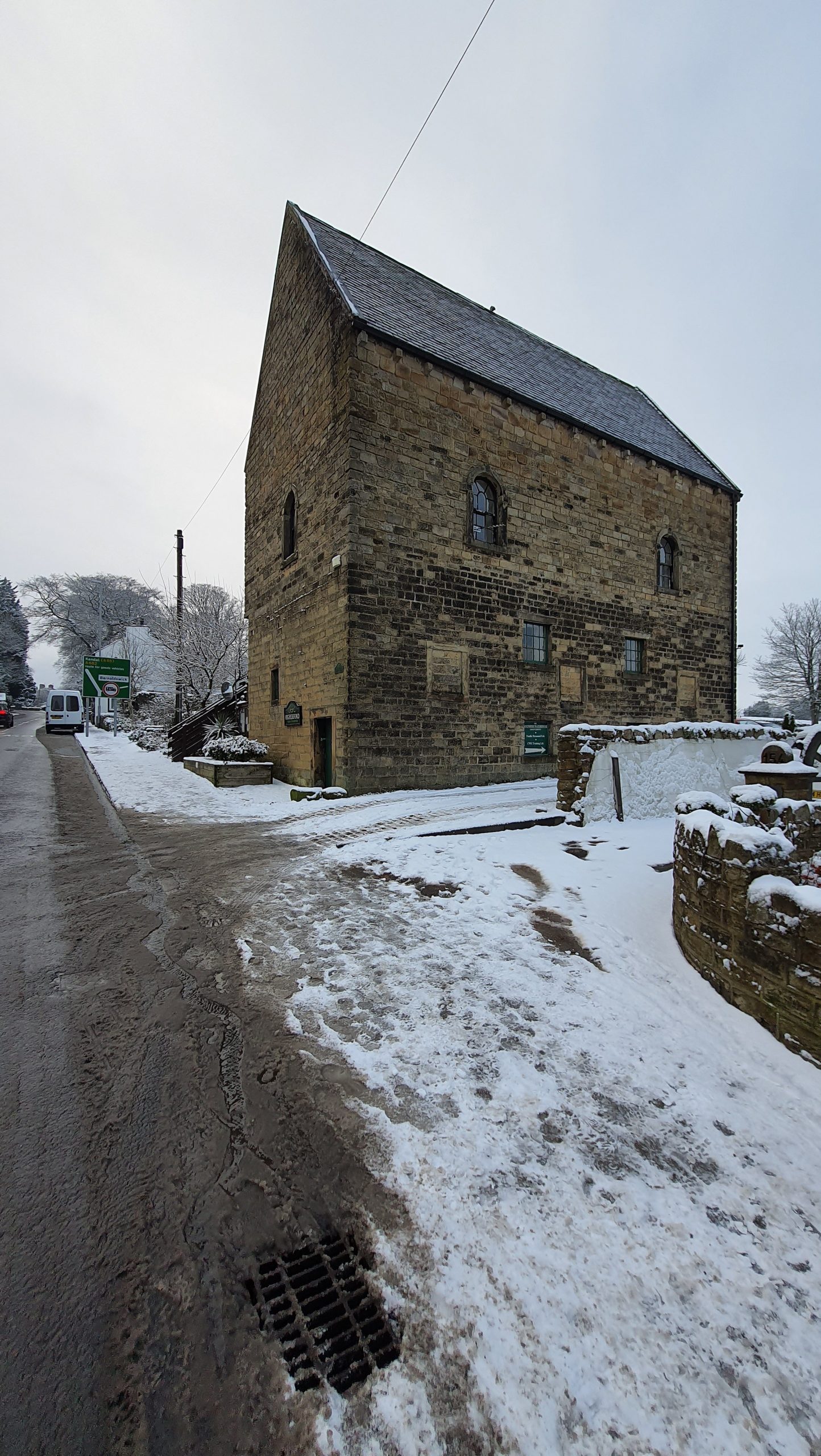
The New Malt Kiln at Higherford is one of the strangest buildings saved by Heritage Trust for the North West. It’s tall shape and very steep roof makes it look like a witches hat… quite fitting for Pendle Witch Country, perhaps!
Continue reading “New Malt Kiln”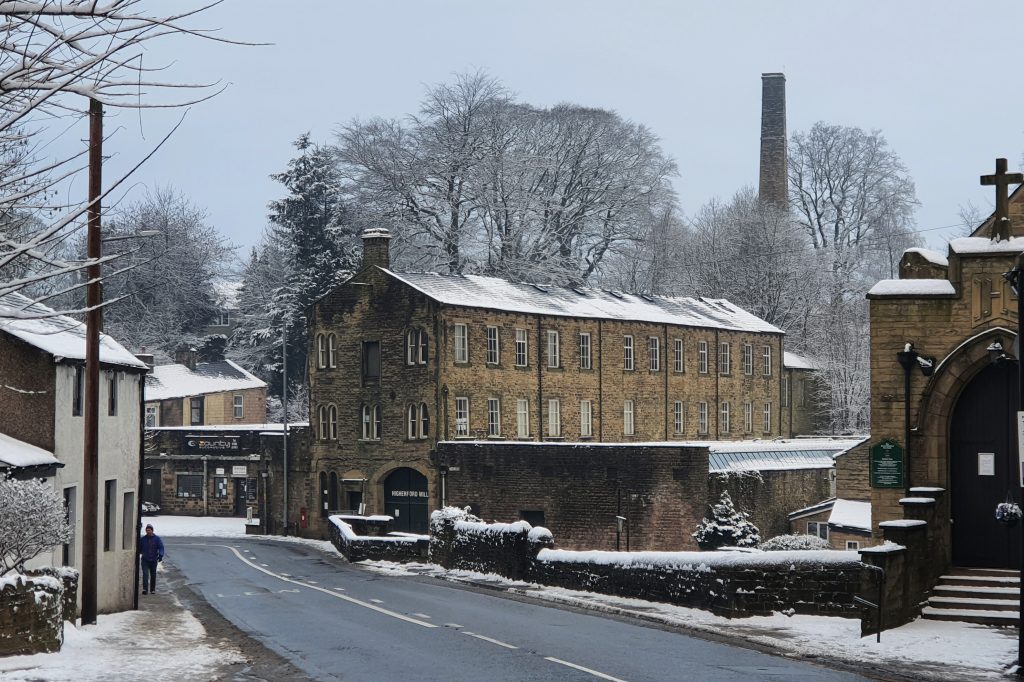
Higherford Mill and its chimney on the hillside behind are truly amazing old buildings. The mill has the oldest weaving shed in the world which was powered by a rare twin race water system as well as steam power.
Continue reading “Higherford Mill and Chimney”As of 4pm on Wednesday Evening, 4 November 2020, the Pendle Heritage Centre will be closed until the 2nd of December, in accordance with Government announcements. All at Pendle Heritage Centre and Heritage Trust for the North West would like to thank everyone for their custom and support through this difficult time.
Heritage Trust for the North West is one of 445 heritage organisations across the country set to receive a lifesaving financial boost from the government thanks to the £1.57 billion Culture Recovery Fund to help them through the coronavirus pandemic.
445 organisations will share £103 million, including Heritage Trust for the North West to help restart vital reconstruction work and maintenance on cherished heritage sites, keeping venues open and supporting those working in the sector.
This vital funding is from the Culture Recovery Fund for Heritage and the Heritage Stimulus Fund – funded by Government and administered at arms length by Historic England and the National Lottery Heritage Fund. Both funds are part of the Government’s £1.57 billion Culture Recovery Fund which is designed to secure the future of Britain’s museums, galleries, theatres, independent cinemas, heritage sites and music venues with emergency grants and loans.
433 organisations will receive a share of £67 million from the Culture Recovery Fund for Heritage to help with costs for operating, reopening and recovery. This includes famous heritage sites across the country, from Wentworth Woodhouse in Yorkshire to Blackpool’s Winter Gardens, Blyth Tall Ship to the Severn Valley Railway, the International Bomber Command Centre in Lincolnshire to the Piecehall in Halifax. The funds will save sites that are a source of pride for communities across the country.
12 organisations, including English Heritage, Landmark Trust, Historic Royal Palaces and the Canal and River Trust, will receive £34 million from the Heritage Stimulus Fund to restart construction and maintenance on cherished heritage sites to preserve visitor attractions and protect livelihoods for some of the most vulnerable heritage specialists and contractors in the sector.
The Architectural Heritage Fund (AHF) has also been awarded a grant from the Culture Recovery Fund through Historic England. The AHF will use the funding to support charities and social enterprises occupying historic buildings to develop new business plans and strategies for organisations affected by the pandemic.
Culture Secretary Oliver Dowden said:
“As a nation it is essential that we preserve our heritage and celebrate and learn from our past. This massive support package will protect our shared heritage for future generations, save jobs and help us prepare for a cultural bounceback post covid.”
Lucy Worsley, Chief Curator, Historic Royal Palaces, said:
“There’s no truer way to experience the past than to walk in the footsteps of those who have lived it – that’s why preserving our built heritage is so important.
“At Historic Royal Palaces, we care for six nationally significant buildings, opening them to the public and preserving them for future generations. Sadly, the pandemic meant that we had to stop some of our critical conservation work. The grant we have received from the Culture Recovery Fund will enable to this work to resume – so we can give some of Britain’s most historic buildings the care and attention they deserve, while supporting the specialist craftspeople who are vital for the future of our national heritage. We are enormously grateful to the Government for this support.”
John Miller of Heritage Trust for the North West said:
“Everyone has worked their socks off keeping the Trust’s historic buildings and collections going during this awful Pandemic. We are especially grateful to our staff who have shown great fortitude and initiative and to our volunteers who have continued to make their special contributions despite the circumstances. We are overjoyed with our successful grant application and will put these monies to good use over the winter to respond better the changing circumstances.”
Duncan Wilson, Historic England’s Chief Executive said:
“It is heartening to see grants, both large and small, from the Government’s Culture Recovery Fund helping heritage sites and organisations across the country which have been hit hard by the effects of Covid-19. These grants range from giving skilled craft workers the chance to keep their trades alive to helping heritage organisations pay the bills, and to kick-starting repair works at our best-loved historic sites. The funding is an essential lifeline for our heritage and the people who work tirelessly to conserve it for us all, so that we can hand it on to future generations.”
Ros Kerslake, Chief Executive of the National Lottery Heritage Fund said:
“It is absolutely right that investing in heritage should be a priority during this crisis and this support by Government is crucial. Heritage creates jobs and economic prosperity, is a major driver for tourism and makes our towns, cities, and rural areas better places to live. All of this is so important for our wellbeing and will be particularly vital when we start to emerge from this incredibly difficult time.
“Our heritage is still facing a perilous future – we are not out of the woods yet. But this hugely welcome funding from Government, and the money we continue to invest from the National Lottery, has undoubtedly stopped heritage and the organisations that care for it being permanently lost.”
Kate Mavor, Chief Executive of English Heritage, said:
“This support for our nation’s heritage is fantastic news. Over the last few months, our teams have been working hard to welcome visitors back safely to the great castles, stone circles, abbeys and historic houses in our care. This funding will help us invest to safeguard the historic fabric of these much-loved places, which everyone can learn from and enjoy.”
This has some great vintage scenes of Pendle Hill and the nearby places. Check out the retro cars and clothes too!
Pendle Hill is a great walk whether you set off from the Nick ‘o’ Pendle, Barley, the Big End or Pendleton. But what if you wanted something shorter or less arduous? Great Hameldon on the opposite side of the Calder valley gives such a lot for relatively little effort. Continue reading “Great Hameldon Hill”
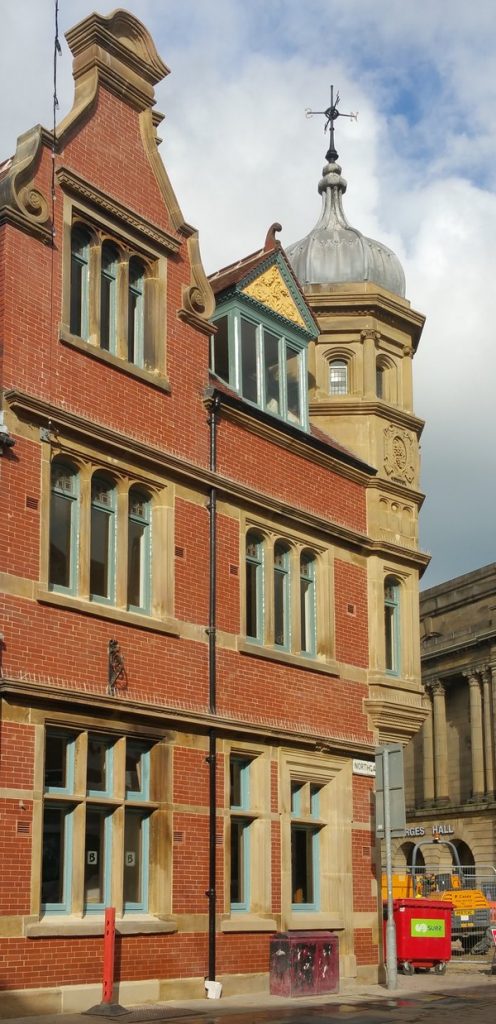
The first grant project of the Blakey Moor Townscape Heritage Initiative, Blackburn is now successfully completed.
The Ribblesdale Hotel was built just after 1900 and in more recent times was known as ‘Baroque’ owing to it’s corner dome. It’s really a blend of Jacobean and Elizabethan features in a busy style made popular by the Victorian architect of London’s Palace Theatre, Thomas Edward Collcutt (1840-1924), who also designed Blackburn Museum not so far away. Whether Collcutt also designed the Ribblesdale Hotel is not known but the style was used by many other architects.
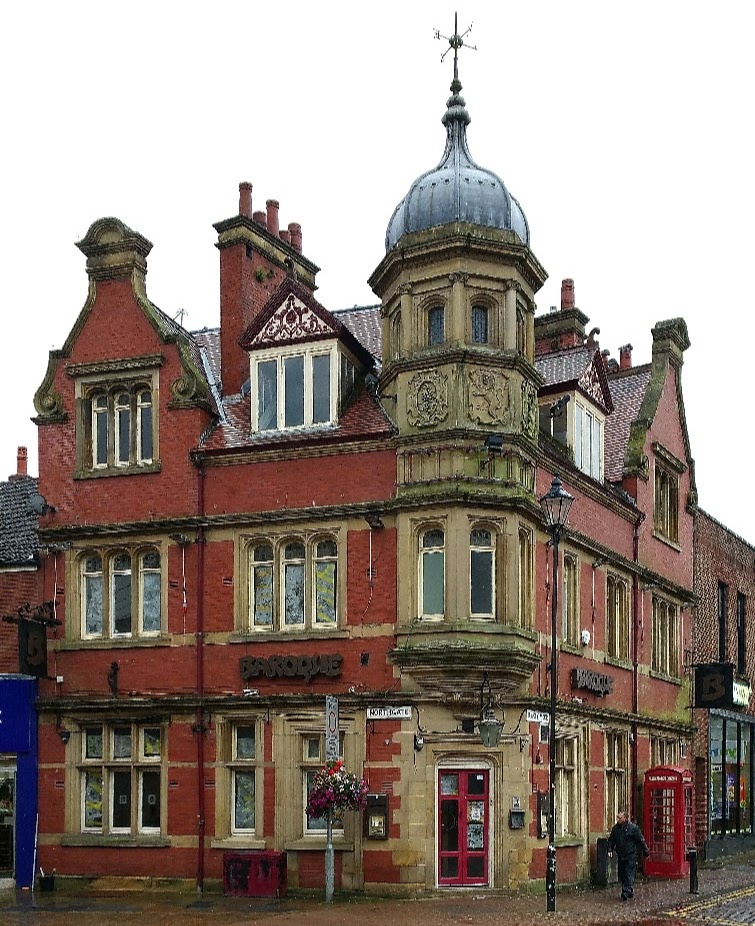
The restoration was undertaken by the surveyor Andrew Davies of Blackburn with Darwen Council guided by the Council’s Conservation Officer, David Morris. The original colour scheme was restored after paint samples were taken. The project has been a great success and the transformation shows how conservation can transform the character of our heritage areas for the better.
Photograph: John Miller (Director HTNW), Peter Taylor (Friends of Bank Hall, Chorley), Austin Grady and David Parfitt (CSNW).
Austin Grady, who has headed up Conservation Services North West (CSNW) for the last ten years, has finally decided the attractions of retirement can no longer be ignored!
Austin has led several important conservation projects in his time at CSNW, including the heroic saving of Tonge Hall, Middleton (listed grade II*) after a devastating fire which left it in a critically unstable condition.
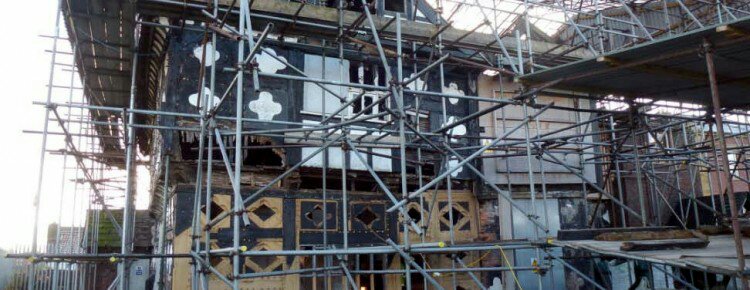
Working alongside surveyor Alan Gardner, and operating from a cherry picker, Austin skillfully deconstructed the tangled and dangerous mess of the half-collapsed timber frame hall. He carefully logged and stored the constituent parts before carrying out exemplary carpentry repairs to the main structure, leaving the stabilized building protected by a scaffold cage.
Other notable projects include the restoration of the derelict former King’s Head PH, Blackburn (grade II listed), another building on the point of collapse, and the repair and conservation of Lomeshaye Bridge Mill in Whitefield Conservation Area, Nelson, Bank Hall, Bretherton (listed grade II*) and Lytham Hall (listed grade I).
Conservation Services NW, which is the building arm of Heritage Trust for the North West, will greatly miss Austin’s conservation skills, commitment and all round professionalism. We wish him a great retirement!
